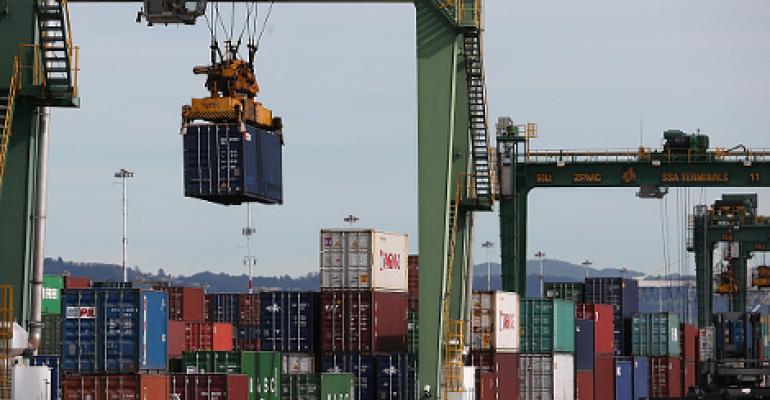About 10 months since it first announced the managed version of Kubernetes, its open source Linux container management system, Google has launched the cloud service, called Google Container Engine, into production today, announcing the service is now production-ready.
Google is very likely the world’s largest user of Linux containers. From Search to Gmail, every single Google service runs in Linux containers, Craig Mcluckie, a Google product manager, wrote in a blog post. The company spins up more than 2 billion containers across its global data center infrastructure weekly.
“Container Engine represents the best of our experience with containers,” Mcluckie wrote.
While Linux containers have been around for years, they have become extremely popular over the last two-three years thanks to Docker, an open source project with a company that goes by the same name behind it.
Google and its cloud rivals Amazon Web Services and Microsoft Azure have all embraced the push to take containers into the mainstream and introduced cloud services around the technology.
Docker has created a standard for container images and a system that makes it easy to use them. The promise of Linux containers is more efficient utilization of data center resources and a much easier time writing applications for any type of infrastructure – on-premise or in the cloud, inside VMs or on bare-metal servers.
Others have since proposed container standards alternative to Docker, but after about a year of back-and-forth, many companies that participate in the Linux container ecosystem found some common ground.
Container Engine takes the usability angle even further, offering fully managed container clusters in the cloud without worries about things like availability or software updates on the user’s part. All the developer has to do is define what kind of CPU and memory a container needs, how many replicas it should have, and its “keepalive” policy, and the cloud service sets up the infrastructure accordingly.
Red Hat, Microsoft, IBM, VMware, and Mirantis, a leading OpenStack cloud infrastructure company, have all been integrating Kubernetes into their platforms. According to Mcluckie, this means users will be able to move their containers between Container Engine and on-premise environments based on any of those platforms.





